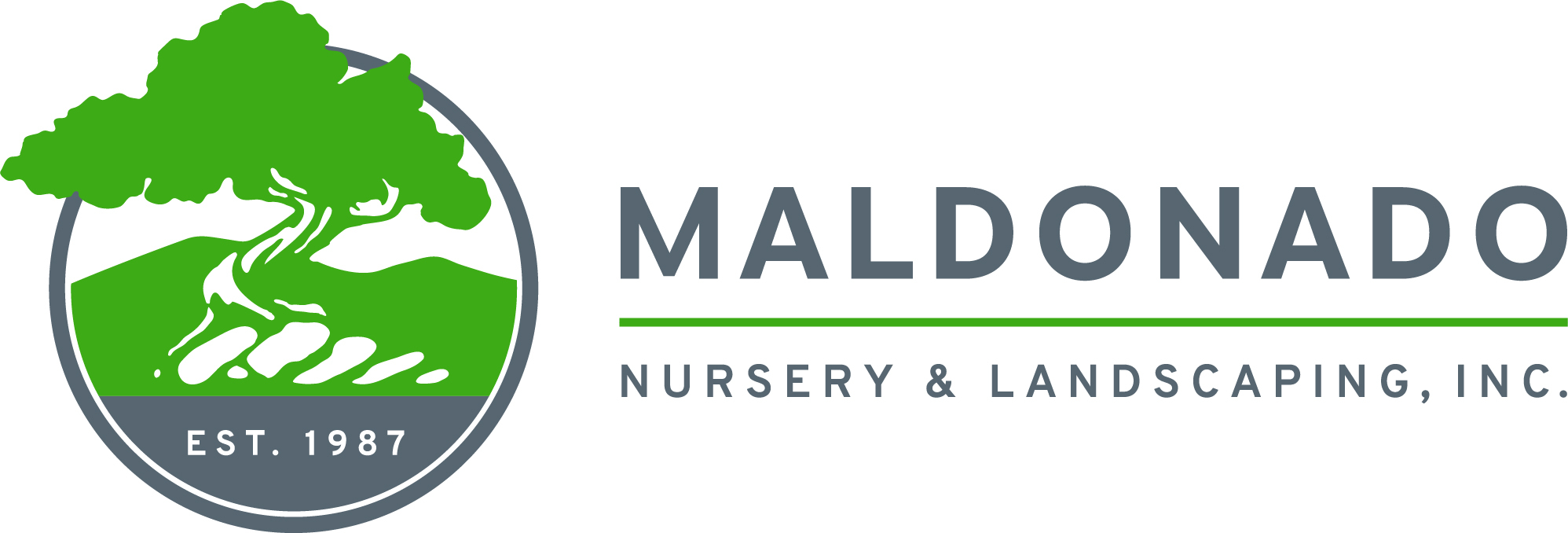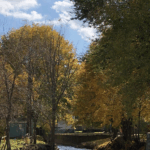As summer winds down, many Texas property managers, developers, and HOA boards shift their focus toward planning their commercial landscape budget for the upcoming year. Landscaping and irrigation may seem like routine line items, but they often make a significant impact on expenses, curb appeal and property value.
Without a clear plan, costs can spiral from emergency repairs, water overuse, or neglected maintenance. With the right strategy, however, landscaping can be both a cost-saving measure and a value booster for your property.
Here’s how to approach your commercial landscape and irrigation budget the smart way.


1. Break Down Annual Landscaping Costs
Start by separating your budget into categories:
- Recurring Services: Lawn care, seasonal flowers, irrigation monitoring, and pruning.
- Capital Improvements: Irrigation upgrades, new trees, or large-scale landscape redesigns.
- Unexpected Repairs: Storm damage, emergency irrigation leaks, or plant replacements.
Pro Tip: A good rule of thumb is to allocate 10–15% of your budget for unforeseen repairs — especially in Texas, where storms and droughts are common. Including a 3% CPI increase over last year’s costs is also a good measure.


2. Prioritize Irrigation Efficiency
Irrigation is one of the largest hidden expenses in a landscape budget. Outdated systems waste water and drive up utility costs.
- Schedule an annual irrigation audit before budget season, or ask your vendor for an inspection.
- Plan for controller upgrades (smart irrigation can reduce water usage by 30%+).
- Replace old spray heads with drip or high-efficiency nozzles if they have not been replaced in recent years.
This small investment upfront can save property managers thousands each year.


3. Factor in Seasonal Needs
Texas landscapes aren’t one-size-fits-all. Weather extremes in certain regions mean your budget must account for seasonal shifts:
- Spring: Flowers, mulching, fertilization.
- Summer: Intensive irrigation, tree trimming, pest control.
- Fall: Overseeding, pruning, winterization.
- Winter: Reduced maintenance, inspections, and planning.
By spreading costs across the calendar, you avoid overspending in peak seasons.

4. Include Enhancements, Not Just Maintenance
Property managers often budget only for “keeping things alive.” But enhancements can drastically improve curb appeal, tenant satisfaction, and resale value.
- Adding native plants = less water + lower maintenance.
- Shade trees = cooler outdoor spaces and reduced HVAC costs.
- Updated landscape lighting = improved safety and security.
Tip for Managers and Developers: Enhancements are seen as ROI-driven improvements on property value, not just expenses.


5. Don’t Forget Storm Prep and Repairs
Texas properties face hurricane remnants, flash floods, and severe storms. Budget for:
- Drainage system cleaning and inspections.
- Emergency irrigation shut-off repairs.
- Tree inspections and pruning to prevent storm damage.
A well-prepared landscape is not just about beauty — it’s about risk management.


6. Work with One Full-Service Partner
Juggling multiple vendors (one for mowing, another for irrigation, another for lighting) can cause inefficiencies and hidden costs.
By working with a single commercial landscape & irrigation company, you gain:
- Streamlined communication.
- Transparent pricing.
- Faster response during emergencies.
- Bundled services that maximize budget efficiency.
Budgeting for commercial landscaping and irrigation doesn’t have to be complicated. By planning ahead, focusing on efficiency, and working with the right partner, Texas property managers and HOAs can stretch their dollars further — while ensuring their properties stay safe, beautiful, and valuable year-round.
Need help building a thorough landscaping budget? Schedule a budget review consultation with our team today.





